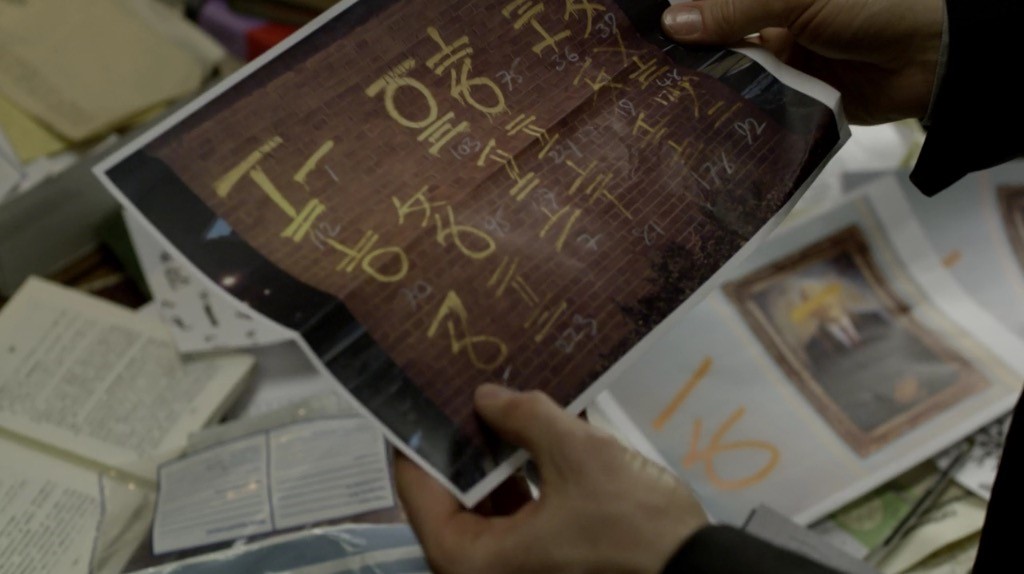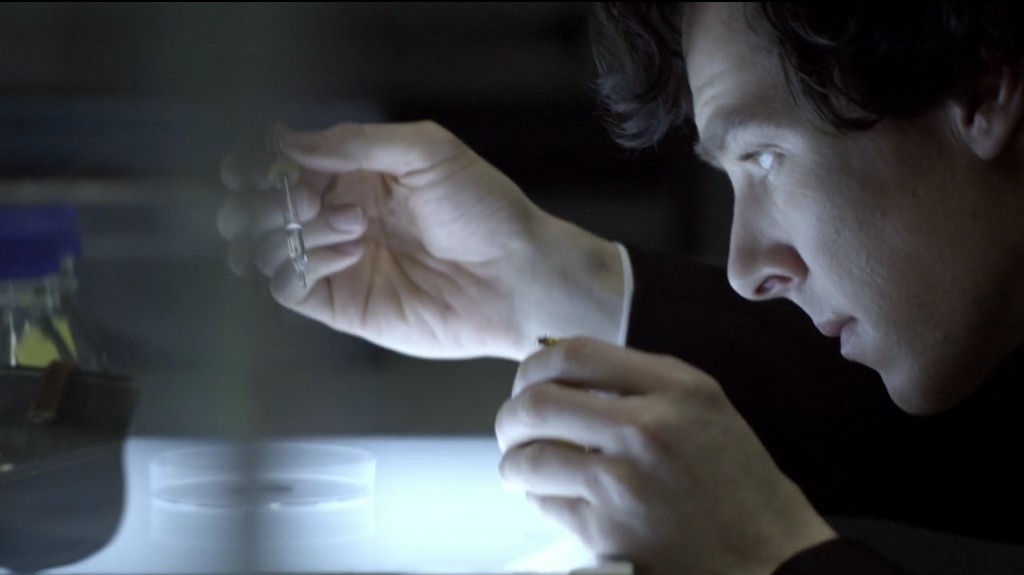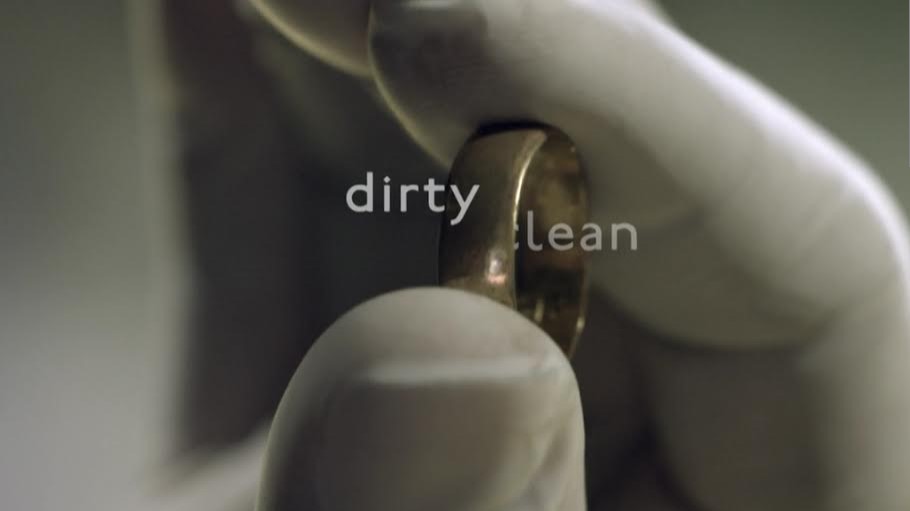Which forensic techniques on “Sherlock” are real?
Quick Answer: Sir Arthur Conan Doyle, author of the Sherlock Holmes stories, has long been credited as an influence to forensic science due to his character’s use of methods such as fingerprints, serology, ciphers, trace evidence, and footprints. Over 120 years after the character’s first appearance, BBC’s television series Sherlock (2010 - ) still employs many of the same real-life techniques. Though Holmes utilizes a number of cutting edge forensic methods, it is his deductive reasoning and attention to detail that makes him the world’s greatest detective.
Sir Arthur Conan Doyle, author of the Sherlock Holmes stories, has long been credited as an influence to forensic science due to his character’s use of methods such as fingerprints, serology, ciphers, trace evidence, and footprints long before they were commonly used by actual police forces. Over 120 years after the character’s first appearance, Holmes still employs many of the same real-life techniques on the BBC television series Sherlock (2010 - ). While many of the techniques pioneered by Holmes in the stories are no longer considered cutting edge, Sherlock is still ahead of his colleagues and ahead of his time, as he is able to make observations and reach conclusions others simply cannot.

Louis Brealey as Molly Hooper and Benedict Cumberbatch as Sherlock Holmes in Sherlock
Post Mortem Bruising
The first time we see Holmes (Benedict Cumberbatch) in “A Study in Pink” (S1:E1), he has tasked himself with the unlikely investigative duty of beating a corpse with a riding crop. He asks Molly Hooper (Louise Brealey), a pathologist and his occassional assistant, to let him know what bruising appears, as a man’s alibi depends on it. The study of post mortem bruising is an important part of forensics as it can help differentiate between bruises inflicted before death and those inflicted while moving the corpses. Post mortem bruising is still a topic of research among forensic scientists.
Cryptography
Sherlock often employs the technique of deciphering messages in order to solve the case. This is seen in “The Blind Banker” (S1:E2), as well as in “The Empty Hearse” (S3:E1), where a skip code gives Sherlock clues to rescue a kidnapped John Watson (Martin Freeman). Cryptology has long been a part of solving crimes. The most notable case involving ciphers is that of the Zodiac Killer, who murdered at least five people in the 1960s and ‘70s and is believed to have left behind four cryptograms, only one of which has ever been solved.

Palynology
Palynology is the study of pollen grains and other spores. It is especially useful in researching archeological and geological deposits, but sometimes pollen can make an unlikely appearance in an investigation. Case in point, “The Great Game” (S1:E3), where Sherlock uses microscopy to analyze the residue recovered from a pair of shoes. His knowledge of forensic palynology allows him to identify the pollen on the soles of the shoes. By locating the origin of the pollen, he is able to deduce that the shoes had originated in Sussex, which in turn helps him figure out the shoes’ owner.

Locard’s Principle and Impressions
Locard’s exchange principle holds that whenever two objects touch, there is a transfer of trace material between them. Fittingly, the principle’s author, Dr. Edmond Locard, was known colloquially as the Sherlock Holmes of France. A typical transfer of material occurs betwen shoes and the ground beneath them. Sherlock uses this knowledge of Locard’s principle to obtain soil samples from the shoes which caused the prints at the scene of a kidnapping in “The Reichenbach Fall” (S2:E3).

By collecting the residue from a shoe print, he is able to use chemical analysis to identify brick dust, chalk, vegetation, asphalt and polyglycerol polyricinoleate—an ingredient found in chocolate. Meanwhile, the prints indicate to him the kidnapper’s height, gait and shoe size. Shoeprint analysis has often played an integral role in criminal cases, including the famous O.J. Simpson trial.

Serology
Serology is the study and diagnostic examination of blood serum. By performing biochemical tests on a blood sample recovered in “The Great Game” (S1:E3), Sherlock is able to determine that the blood was previously frozen, and therefore blood loss was not a cause of death. When blood is frozen, the red blood cells rupture – a process known as hemolysis – and the thawed sample becomes a cherry red color due to the leakage of the cells’ contents. The sample also becomes more transparent due to a lack of whole red blood cells, which makes the solution appear hazier. However, Sherlock wasn’t able to simply look at the sample to deduce whether or not it had been frozen. It is therefore likely that the blood was prepared for freezing using a cryoprotective liquid such as glycerol to prevent cell lysis, and that this liquid is what Sherlock is seen testing for.

Benedict Cumberbatch as Sherlock Holmes
Toxicology
Toxicology, the branch of science concerned with the study and detection of poisons, makes a number of appearances on Sherlock. In “The Great Game” (S1:E3)Sherlock is able to identify botulinum toxin found on the shoes of murder victim Colin Powers. Later in the same episode, a toxicological study is performed during an autopsy on Connie Prince, revealing the same cause of death. Additionally, in “His Last Vow” (S3:E3), Molly Hooper performs a toxicology test on a urine sample from Sherlock to prove that he has once again been using illicit drugs. Toxicology was famously used to convict Harold Shipman in 2000, who is believed to have murdered more than 218 people with lethal doses of diamorphine.
Deduction
Like all good detectives, Sherlock uses deductive reasoning to solve his cases. By carefully making observations of seemingly commonplace or unimportant things, Sherlock is able to reliably paint a picture of high probabilities. For example, in “A Study in Pink” (S1:E1), Sherlock observes that a murder victim’s engagement and wedding rings are 10 years out of style. Additionally suspicious is that the rings are dirty on the outside and clean on the inside. In conjunction with her other jewelry (which he notices is clean) and her manicured fingernails, Sherlock is able to deduce that the woman has been married for ten years and frequently removes her wedding and engagement rings but does not work with her hands – thus indicating she has been having a string of affairs.

It is his keen deductive reasoning skills that make Sherlock Holmes so appealing; he has the uncanny ability to recognize that which is there for us all to see. Unlike some mysteries, where a stray (and often seemingly random) fact is revealed to viewers only at the very end, Sherlock solves the case using things we see, too, and he frequently does so with little or no expert knowledge. Holmes makes us feel like we could, with a little practice and a lot of focus, be savvy detectives, too. He is fascinating to watch because he takes banal, everyday minutiae—a damp collar, a tan line, scratches on a pocket watch or cell phone—and imbues them with the weight and import of a crimescene. It’s this, ultimately, that makes Sherlock the world’s greatest detective.

